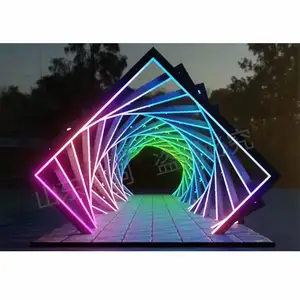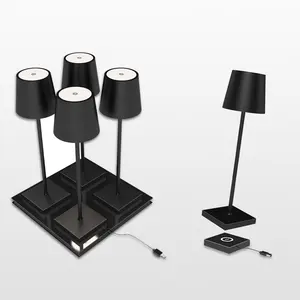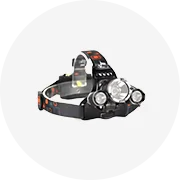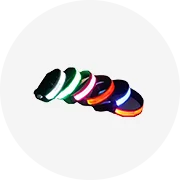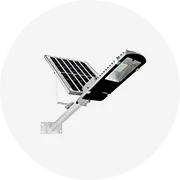Phổ biến trong ngành của bạn








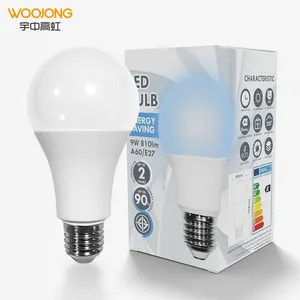








Các tìm kiếm liên quan:













Các danh mục hàng đầu
Giới thiệu về par38 rạn san hô dẫn ánh sáng e27
Khám phá hàng tá. par38 rạn san hô dẫn ánh sáng e27 thích hợp để tạo các hiệu ứng ánh sáng khác nhau trong các cài đặt khác nhau. Tại Alibaba.com ,. par38 rạn san hô dẫn ánh sáng e27 có sẵn ở các cấu hình, kiểu và kiểu hoàn thiện mẫu, có nhiều lựa chọn từ các tùy chọn đầu cố định đến nhiều. Mua. par38 rạn san hô dẫn ánh sáng e27 có thể được lắp đặt chuyên nghiệp để làm nổi bật vẻ hấp dẫn thẩm mỹ cho ngôi nhà hoặc không gian làm việc của bạn hoặc chỉ để chiếu sáng chung.
Các. par38 rạn san hô dẫn ánh sáng e27 dành cho trần nhà sáng sủa, thẩm mỹ và bền và luôn bổ sung cho không gian với kiểu trang trí hiện đại hoặc truyền thống. Tăng cường an ninh xung quanh các tòa nhà của bạn với. par38 rạn san hô dẫn ánh sáng e27 được cá nhân hóa theo thiết kế và độ mạnh cần thiết. Dù kích thước phòng của bạn hoặc sở thích trang trí, hãy chọn. par38 rạn san hô dẫn ánh sáng e27 có sẵn dưới dạng đèn chiếu sáng lõm, định hướng trên đường ray, đèn kẹp hoặc gắn trên trần, tất cả đều có giá cả phải chăng và tiết kiệm năng lượng. Những vật dụng này được làm bằng vật liệu chắc chắn giúp chúng có thể tồn tại trong môi trường có tác động mạnh.
Tìm. par38 rạn san hô dẫn ánh sáng e27 với các nguồn sáng LED cung cấp hiệu suất lâu dài với hàng tá hiệu ứng và khả năng nhấp nháy, một số trong số đó hỗ trợ rung và xoay. Một số. par38 rạn san hô dẫn ánh sáng e27 có chế độ nghiêng và xoay cơ giới, cho phép bạn thay đổi màu sắc ánh sáng của mình, đồng thời điều chỉnh các kiểu ánh sáng một cách sinh động để thiết lập bầu không khí hấp dẫn trong không gian của bạn. Đối với môi trường ngoài trời hoặc môi trường gồ ghề của bạn, hãy chọn. par38 rạn san hô dẫn ánh sáng e27 với thấu kính thủy tinh cường lực.
Khám phá những điều rộng lớn nhất. danh mục par38 rạn san hô dẫn ánh sáng e27 tại Alibaba.com để có được những sản phẩm chất lượng cao nhất giúp thắp sáng ngôi nhà của bạn một cách quyến rũ. Chọn từ hàng tá tùy chọn với phong cách cổ điển, đương đại hoặc cổ điển để phù hợp với bất kỳ mục đích sử dụng nào. Tiết kiệm tiền với giá siêu thấp và chiết khấu cạnh tranh nhất cho cả người mua lẻ và bán buôn.
